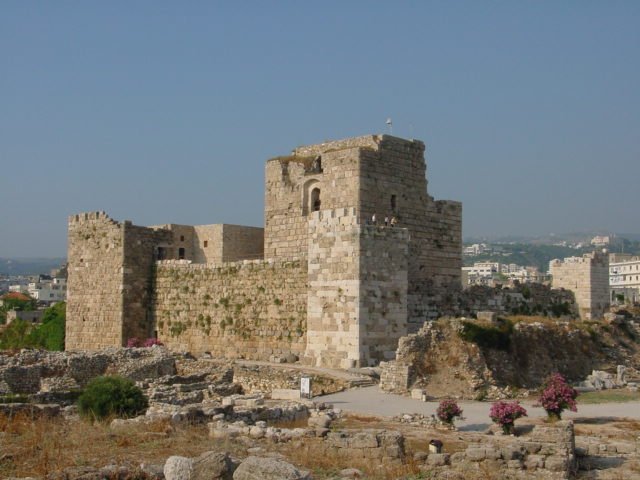May 25, 2002
This morning we headed up to Tripoli (in Arabic, Tarablus), the Northern capital of Lebanon. It is a great deal poorer than Beirut and has not received the re-building attention that Beirut has. The main street there was lined with pictures of the parliament leader who is headed up to the North next week to ask for a local woman's hand in marriage to his son. For the time being at least, he seems very popular.
Sinjil.
Sinjil.
Boys hawking their wares in Tripoli.
The view of Tripoli from Sinjil Castle.
Our first stop was the old Crusader Citadel of Sinjil (the Arabization of the ancient name "Saint Gilles"), which gives a view over the slums of Tarablus and on towards the Mediterranean Sea. One person suggested tearing down the Citadel to provide for more housing - not a bad idea.
Icon at the Balamond University.
We then headed back a bit South to Belmont Abbey (known locally as "Balamond") and Balamond University, a Greek Orthodox institute. After lunch and a conversation with a local man working with Palestinian refugees and their rights, we headed over to visit with one of their seminarians. Balamond seminary is a center in the Middle East for Greek/Antiochian Orthodox clergy, and it currently has about 100 students (70 undergraduate theology students and 30 graduate students). At each of the Byzantine churches that we've visited, we've been learning more and more about the Eastern tradition. Even among the PhDs in our group, there is very little knowledge in the West of Orthodox theology. Our focus is so much on Western theological controversies and histories that we tend to forget the traditions that are so rooted in this land. As one priest among our group patiently explained, the prime difference between Protestants and Orthodox is that Protestants look to the Bible for their guidance, while the Orthodox look to the Tradition for theirs - tradition of which Scripture is a part. Iconography, said to have originated with St. Luke's painting an icon of Mary and child, is another part. Each icon has an original, of which all writings (icons are written, not painted) are emulations. As with the Scripture we currently have, icons have an original "text," which has been copied and handed down through generations. A canon of image to complement the canon of the Word - we have much to learn.
The ruins of ancient Byblos along the sea.
Our last stop for the day was the ruins of the ancient port city of Byblos. Given the bus conversations about Scripture and iconography, it was a fitting place to reflect. The name "Byblos" comes from the Greek word for papyrus, an export this town was well-known for. "Books" were simply bound-together sheets of papyrus 2000 thousand years ago, and the Bible derives its name from that word - and, indirectly, this place. We reflected on that amidst the ruins of ancient Byblos, most prominently three layers (each carefully excavated and moved to a display site) of a Phoenician temple site. It was in the "Obelisk" temple that small gold-encrusted human figurines were found (and copies of which inhabit every tourist kiosk nearby). And at the nearby royal tombs was found a sarcophagus inscribed with an early Phoenecian alphabet (lauded as the mother of all alphabets). Copies of this, too, are available for sale nearby.
Byblos marina.
We then wandered over to modern Byblos for some shopping, stumbling across a shop which deals in fish fossils. Due to a massive fish kill 100 million years ago (from plankton waterbloom) and propitious preservation conditions, much more than half of the world's fish fossils come from Byblos! We then found our way to the marina where we ate some fish that was a little fresher than that, enjoying the lovely sunset over the Mediterranean. Our last full day in Lebanon on this trip, but we have a feeling it won't be our last time.







